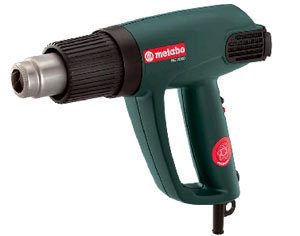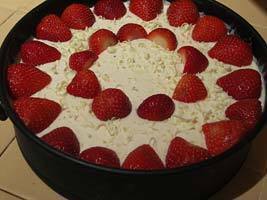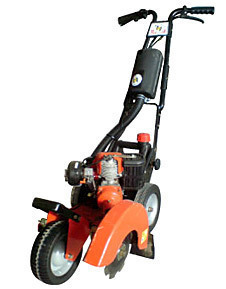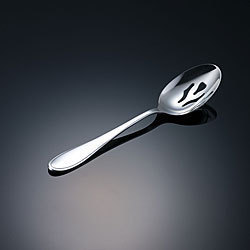Dropper Dimensions
A dropper is an instrument used for transferring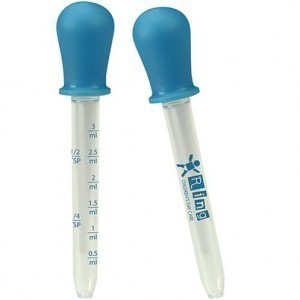 liquids in small amounts. These are also known as eye droppers or Pasteur pipettes.
liquids in small amounts. These are also known as eye droppers or Pasteur pipettes.
Dropper Dimensions
These droppers are available in a variety of sizes. A ½ tsp oral medicine dropper is usually 1.5 " long. A 1 tsp oral medicine dropper is about 3.5 Inches long.
Other droppers are a bit longer. The extra long droppers can reach lengths of 4.75 inches. These are not standard sizes however; there are some ½ tsp oral medicine droppers that are 2 inches long.
Features and Characteristics
These droppers are typically made from glass. These tubes are tapered, giving their point a narrow shape. A rubber bulb is set at its top. The teat pipette refers to the Pasteur pipette with a rubber bulb.
Like other droppers, these are available in various dropper dimensions. These are sold in packs numbering in the dozens or hundreds. These products are inexpensive and can be disposed of. But the dropper can be reused as long as it is washed and cleaned repeatedly.
The dropper is named after Louis Pasteur who utilized them. It should be noted that old fountain pens were also called eye droppers because they were refilled with a pipette.
Plastic Pipettes
These are called plastic Pasteur pipettes or transfer pipettes. These have the bulbs and stems in one mold plastic piece. These also come in various dropper dimensions. Like other droppers, these have volume markers at their stem. Several droppers however, have crude markers and not very precise.
These are utilized frequently in biology as most of the media is aqueous. They are also used in instances where solvent resistance is not a concern. Acetone, hexane and other organic solvents cannot be employed in plastic pipettes.
The reason is they will cause the plastic to disintegrate. Because they can be difficult to wash, most are disposed of after being used.
These plastic bulb pipettes are also generally unfit for making precise measurements. For exact measurements, the glass droppers are recommended. The thinner and longer the glass dropper tip is, the more accurate the measurement will be. The glass dropper is often used along with a scale.
Microscale Applications of Glass Pipettes
The tip constriction of the glass dropper can be plugged using cotton wool or tissue paper. This can be used to filter solid from the liquid. The utilization of celite is not mandatory however.
To make filtering quicker, the bulb can be squeezed. The pipettes can also be utilized for microscale column chromatography. Using silica gel, the bulb may be compressed for microscale flash column chromatography.
The glass dropper can be utilized for microscale distillations. The liquid is set in a reaction tube with a boiling chip. After being heated, the bulb is squeezed and the dropper is put in the tube. The vapor is drawn to the pipette tip.
Because there are different dropper dimensions, one has to choose the right one for the job. It helps if you do some research first before you buy a pack.

